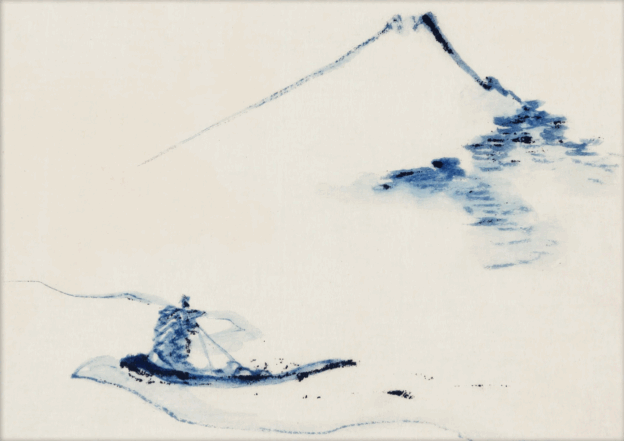This blog post explores Tao Te Ching Chapter 11 and its core idea that emptiness enables function, a house is useful not because of its walls, but because of the space they enclose. Drawing from Stephen Mitchell’s translation, it highlights how absence, not presence, often provides true utility. This Taoist insight is linked to earlier Zen koans I’ve written about, showing how clarity, usefulness, and forgiveness all emerge from what is deliberately left open or let go. The piece argues that value lies not just in what we build, but in the space we leave for things to work.
Related Reflections
Previously, I’ve shared some of my favourite koans and sayings, for instance, in The Zen Koan of the Tigers and the Strawberry, the core lesson is about finding clarity in the narrow gap between danger and desire, in the moment, not the structure around it. While in The Koan of the Two Monks and the Woman, meaning comes not from what was said or done, but from what was let go, the mental and emotional space that follows forgiveness.
Emptiness is Useful
The way I simplistically remember this saying from Lao Tzu’s Tao Te Ching is “A house is not made of walls, doors, or windows; it is made of the empty space within”. It’s my way of summarising Chapter 11 of the Tao Te Ching.
Here is a widely accepted translation of Chapter 11 (by Stephen Mitchell):
Thirty spokes share the wheel’s hub;
It is the centre hole that makes it useful.Shape clay into a vessel;
It is the space within that makes it useful.Cut doors and windows for a room;
It is the holes which make it useful.Therefore benefit comes from what is there;
Usefulness comes from what is not there.
This chapter illustrates a central Taoist idea: that emptiness or absence begets function.
The Practical Point
What makes a pot useful is not the clay, but the space inside it. A room is not useful because of the walls, but because of the area the walls surround. We often forget this, in design, in planning, and in life.
The Taoist perspective is that value doesn’t always come from what exists physically or visibly. It can come from what’s missing, what’s left open, or what’s deliberately unfilled.
Why This Matters
In technology, strategy, or personal life, we’re trained to fill every slot. To schedule, build, and define. But usefulness, whether in an interface, an agenda, or a mindset, often comes from restraint.
- Interfaces work because of white space.
- Schedules breathe when they have gaps.
- People think more clearly when there’s room between decisions.
Absence isn’t a flaw. It’s what makes things work.
Final Thought – Don’t Be Too Quick To Fill The Space
Before you focus only on what you’ve built, ask:
What space have you left for things to simply “work”?
